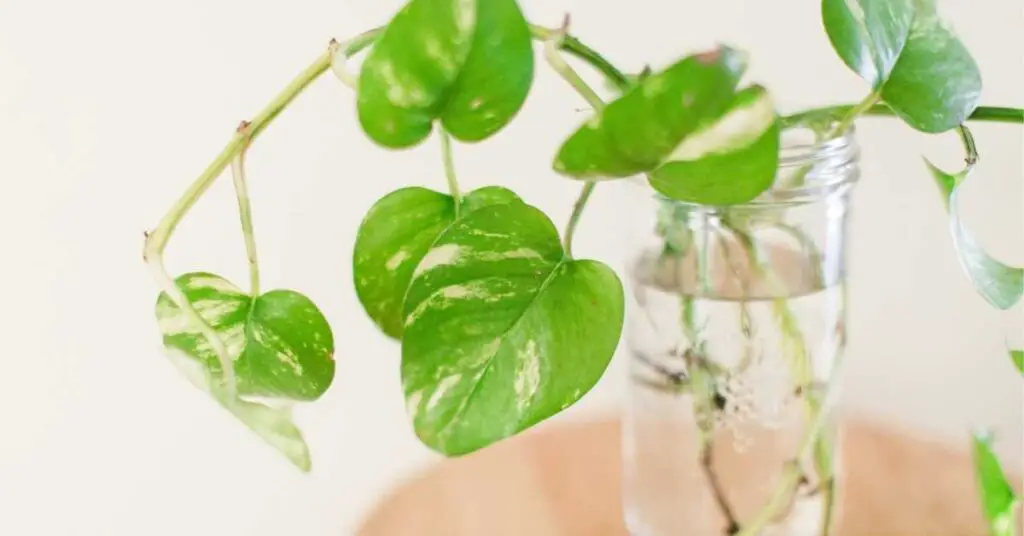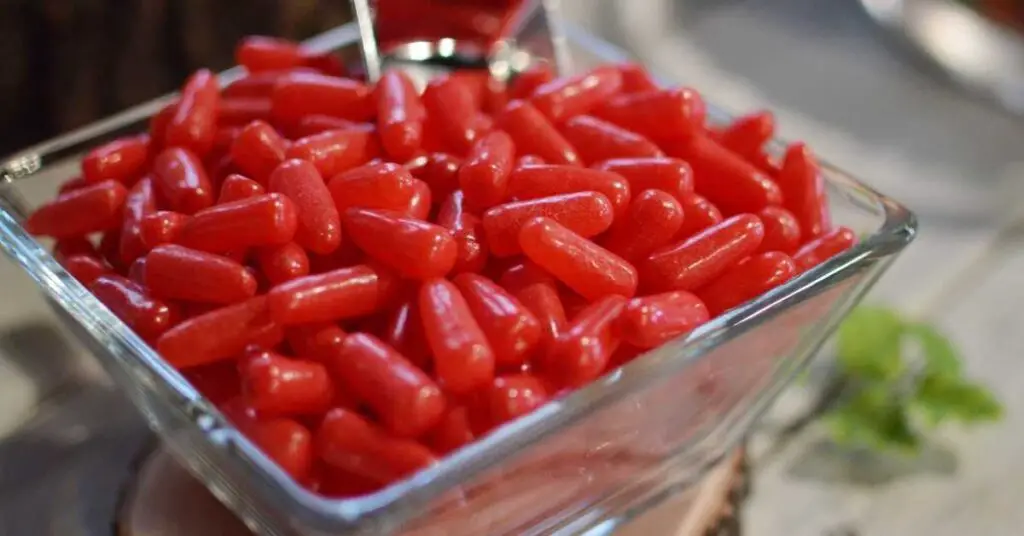Rooting hormone is a substance that helps to encourage root growth in plants. It is typically derived from plants, fungi, or bacteria, and it can be applied to cuttings or seedlings to promote the development of strong roots. Rooting hormone increases the rate of cell division, which leads to faster root growth. In addition, it helps to stimulate the production of auxin, a hormone that promotes cell elongation. As a result, plants treated with rooting hormone are better able to take up water and nutrients, fostering healthy growth. While rooting hormone is not essential for all plants, it can be particularly useful for difficult-to-root species or for propagate new plants from cuttings. Used judiciously, rooting hormone can help to ensure a healthy, bountiful garden.
Yes, you can use cinnamon as a rooting hormone. Cinnamon is a natural antibacterial and has been shown to promote root growth in plants. To use cinnamon as a rooting hormone, simply dip the end of the cutting into a mixture of cinnamon and water. The water should be just barely covering the cinnamon. Allow the cutting to sit in the mixture for a few minutes before planting it in the potting mix. Keep the cutting moist and monitor it for signs of new growth. Once roots have developed, transplant the cutting into a larger pot or plant it in the ground.
How does cinnamon act as a rooting hormone?
Cinnamon is a popular spice that can be used in many different dishes, but did you know that it also has a place in the garden?
Cinnamon contains a substance called cinnamaldehyde, which is thought to promote root growth by stimulating the production of auxin. Auxin is a hormone that plays an important role in plant growth and development. It promotes cell elongation and division, both of which are necessary for root growth.
In addition, cinnamon has natural antibacterial properties, which can help to protect the cutting from disease. When used as directed, cinnamon is a safe and effective rooting hormone for most plants. However, it is always best to test it on a small scale before using it on a large number of cuttings.
How to use cinnamon as a rooting hormone:
Cinnamon has been used as a rooting hormone for plants for centuries. The naturally occurring compounds in cinnamon help to promote root growth, making it an ideal treatment for stem cuttings.
- To use cinnamon as a rooting hormone, start by cutting the stems of your plants at a 45-degree angle. This will create a larger surface area for the cinnamon to adhere to.
- Next, trim the stems to remove any leaves or flowers. This will help to prevent the plant from using its energy to produce foliage instead of roots.
- Once the stems are trimmed, you can coat them with cinnamon. You can do this by dipping the stem in ground cinnamon or by applying a thick layer of cinnamon powder with a brush.
- Finally, submerge the stem halfway in water and allow it to root for several weeks before transplanting into soil.
By following these simple steps, you can use cinnamon to encourage healthy root growth in your plants.
What are the benefits of using cinnamon as a rooting hormone?
There are several benefits to using cinnamon as a rooting hormone.
First, cinnamon is a natural substance, so it is safe to use around plants and animals.
Second, cinnamon is relatively easy to find; most grocery stores carry it in the spice aisle.
Third, cinnamon is an effective rooting hormone; it has been shown to promote root growth in plants.
Fourth, cinnamon is versatile; it can be used on a wide variety of plants.
Finally, cinnamon is affordable; it is usually less expensive than synthetic rooting hormones. Overall, cinnamon is a safe, effective, and affordable way to promote root growth in plants.
What are the potential disadvantages associated with using cinnamon as a rooting hormone?
While cinnamon has a variety of potential benefits as a rooting hormone, there are also a few potential disadvantages to consider.
First, cinnamon may not be effective for all plants. Some plants simply root better with other rooting hormones.
Second, cinnamon can be messy to work with. It tends to stick to everything it comes into contact with, and it can be difficult to remove if you get it on your clothes or skin.
Finally, you may need to apply cinnamon multiple times before roots begin to form. If you’re patient and persistent, however, you may find that cinnamon is a valuable tool for promoting root growth in your plants.
How can you tell if your plant has successfully rooted?
If you’re wondering whether or not your plant has successfully rooted, there are a few things you can look for. One indicator is new growth, which can include new leaves, stems, or roots. You may also see the plant begin to grow more quickly than usual. If you’re not sure, you can always consult with a professional.
Another way to tell is if the plant is beginning to show signs of stress, such as wilting or browning leaves. This is a good indication that the roots are not getting enough water and that the plant is not rooted properly. With proper care and attention, your plant should be able to root successfully.
Additional tips for propagating plants using rooting hormones
When propagating plants using rooting hormones, it is important to make sure that the hormone comes into direct contact with the plant. This means that you should apply the hormone directly to the stem of the plant.
It is also important to keep the plant in a warm and humid environment. This will help to promote root growth.
Finally, be patient! It can take several weeks for roots to form, so don’t give up if you don’t see results immediately. With a little bit of care and attention, your plant will soon be on its way to producing new roots.
Conclusion
Cinnamon is a safe and effective way to promote root growth in plants. It is relatively easy to find and use, and it is affordable. Although there are some potential disadvantages associated with using cinnamon as a rooting hormone, overall, it is an excellent choice for those looking to encourage healthy root growth in their plants.
FAQS
Can I make a cinnamon spray for my plants?
Yes, you can make a cinnamon spray by mixing cinnamon powder with warm water and spraying it on your plants to protect them from pests and diseases.
Can cinnamon be used on older plants?
Yes, cinnamon can be used on older plants as well to promote healthy growth and prevent fungal infections.
How do I apply cinnamon to plant cuttings?
You can either dip the base of the plant cutting in cinnamon powder or sprinkle cinnamon powder onto a paper towel and gently roll the cutting in it.
Is cinnamon a natural rooting hormone?
Yes, cinnamon is a natural rooting hormone that can be used as an alternative to synthetic rooting powders.
Can I use cinnamon-coated stems halfway in water for rooting?
Yes, you can use cinnamon-coated stems halfway in water to stimulate root growth in plant cuttings.
Can I use cinnamon and honey as a rooting agent?
Yes, a mixture of cinnamon and honey can be used as a natural rooting agent for plant cuttings.





